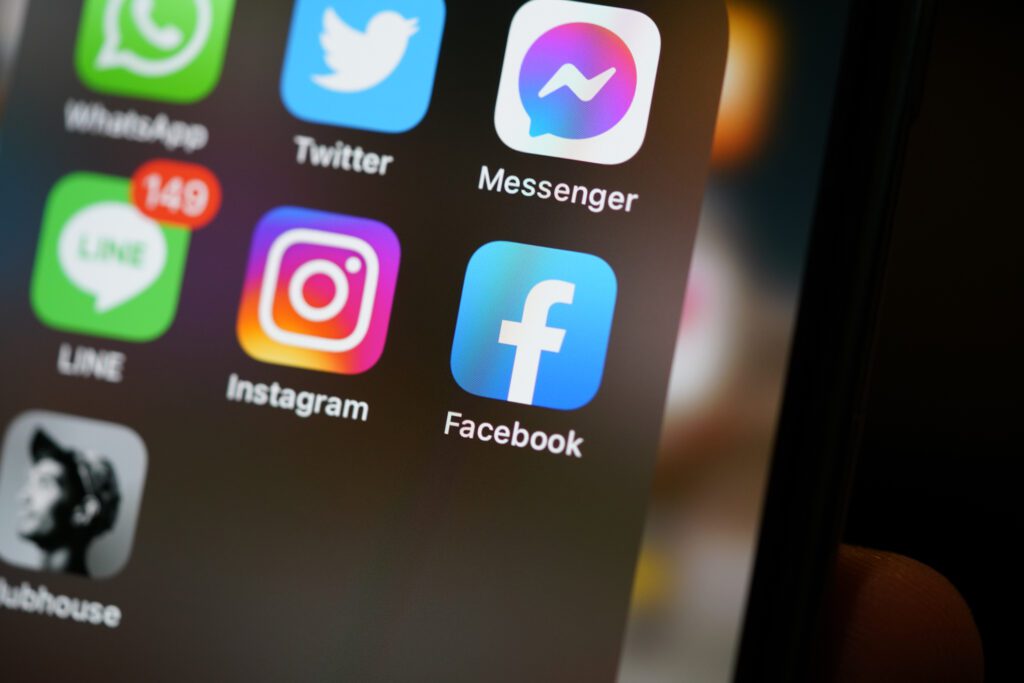Report: Fundraising Ad Targeting an Issue as Facebook Remains Top Platform to Reach Donors

Image Credit: P. Kijsanayothin
Facebook remains the top digital channel for Republican campaigns to solicit contributions even as the platform has tightened targeting options.
That’s one of the latest findings released by the Center for Campaign Innovation, which late last year commissioned David Kanevsky of 3D Strategic Research to conduct post-election surveys and focus groups with some 4,000 voters and activists.
“That’s still the unifying platform,” said Eric Wilson, who directs the Center. “As we found in 2020, the majority of voters as well as donors are active on Facebook.”
The latest report found that 46 percent of Republican respondents reported using Facebook daily, with YouTube second at 28 percent and Instagram at 19 percent. Daily Truth Social usage was reported by 17 percent of respondents, while TikTok usage was reported by only 6 percent.
The report also includes recommendations around digital fundraising. For instance, it encourages campaigns to “better target their fundraising tactics and develop more personalized, compelling messages to recipients. Focus conversion funnels around specific audiences based
on key issues.”
That’s because fundraising outreach is now the primary way that voters interact with campaigns.
“We have ceded digital outreach on campaigns and by parties to be primarily about fundraising,” said Wilson. “That is short sighted and limits your effectiveness in terms of voter outreach and fundraising.”
He added that’s “been a big shift.”
Fundraising “used to be targeted to a small group of supporters. It’s now kind of a dragnet and voters are getting sick of it,” Wilson said.
To wit, when asked what, if anything, would make the respondent sign up to get updates from a political candidate or campaign via email or text, a third of donor respondents said that “not being asked for money” was reason enough.
Moreover, the report found that “more than half of the voters who reported receiving a fundraising solicitation said they would NOT consider donating.” And roughly half of respondents reported “receiving solicitations from the opposite party.”
Still, there were signs the “dragnet” approach was working. For instance, two-thirds (66 percent) of donors gave to more than one candidate, compared to 47 percent in 2020. There was also more giving to out-of-state or district candidates than in 2020. Nearly half (48 percent) reported giving to a candidate or PAC from a different state and 39 percent gave to a candidate within their state, but a different district. That said, this was in the context of a redistricting year.
Even as Facebook remains a top channel for Republicans there were warning signs in the survey results. For instance, 62 percent of donor respondents reported using an iPhone, which allows its users to tell app-makers not to track them across other locations — a development that “broke Facebook’s ad machine.”
“The playbook changed in the middle of the election last year,” Wilson said of the anti-tracking option, which was rolled out in 2021.
As a result, Wilson believes that “a lot more campaigns are going to start considering changing, adapting, testing out new strategies.”
That evolution of digital fundraising could look like the creator economy, with campaigns building an audience and then asking for contributions periodically similarly to how many YouTubers solicit support through platforms like Patreon.
But to do that, campaigns have to “refocus on updating their supporters via email and text message,” not just asking for funds in every communication, according to Wilson. “It’s worth experimenting.”



